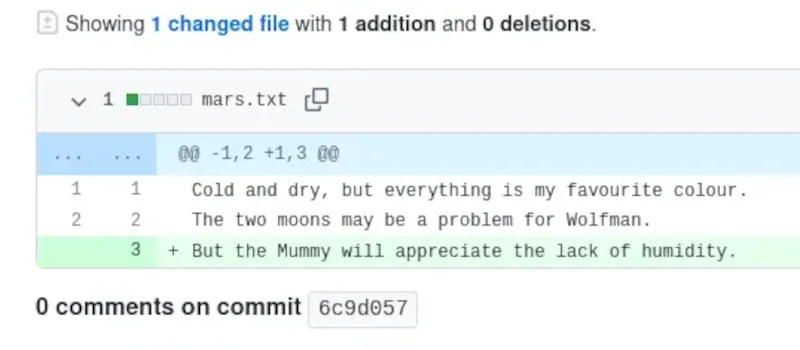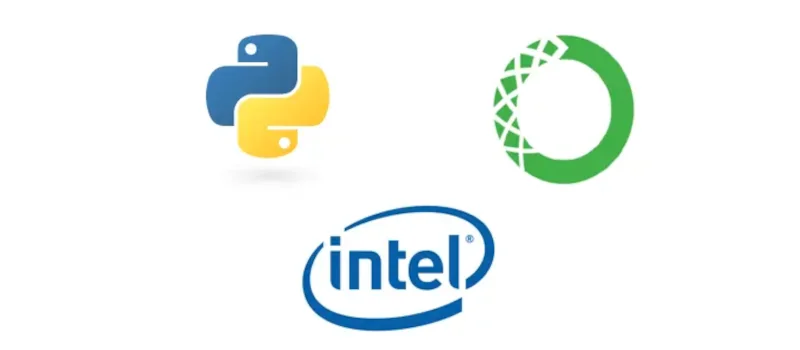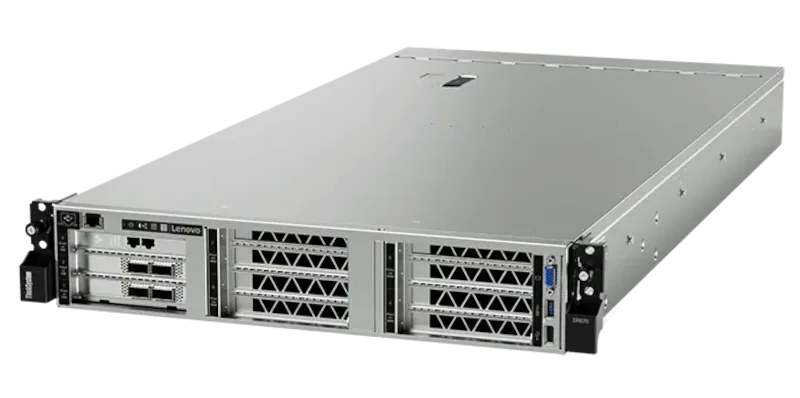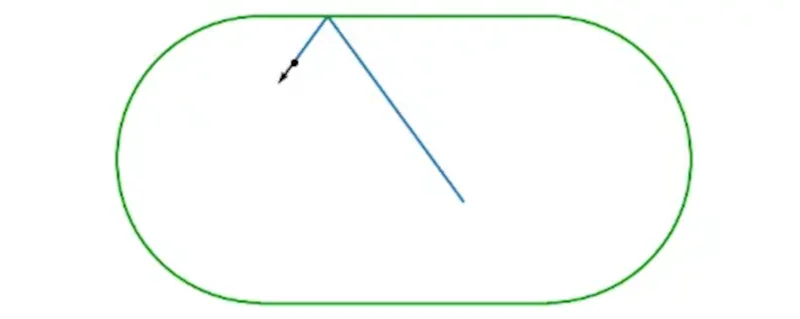One year of code review club with the William Harvey Research Institute

Over the past year, researchers from QMUL's William Harvey Research Institute (WHRI) have engaged on a collaborative code review club. Through this collaborative effort the group aims to peer review the computational components of their research and provide code quality assurance to all involved researchers. Additionally, the Research Software Engineering group of ITS Research has been assisting the group with knowledge transfer and by participating in the review process.













